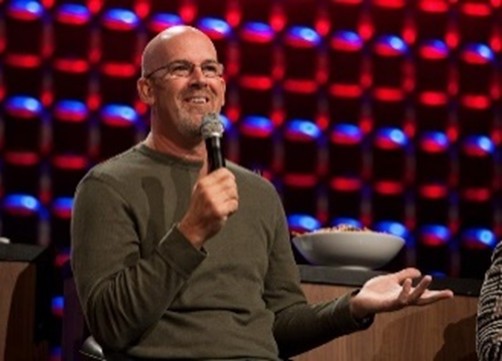Public speaking is often cited as one of the most common fears. Yet for any leader, the ability to engage, persuade and inspire a crowd is not merely “nice to have,” it’s essential. Early in my career, I knew that advancing into management meant standing on stages in front of audiences and owning every word I said.
The problem was, I was deathly afraid of public speaking. What follows is how I turned that fear into one of my greatest strengths—and why every aspiring leader should embrace public speaking as a core leadership skill.
From Fear to Opportunity
Early in my leadership development, the prospect of delivering presentations in front of peers and senior leaders was paralyzing. My heart pounded. My voice shook. I genuinely believed I would embarrass myself. But I also recognized that avoiding public speaking would be an insurmountable barrier to the career I wanted. So I decided I would learn this skill, no matter how many times I failed.
My first attempts were rough. Slides cluttered with bullet points, me reading verbatim, and awkward pauses that felt like an eternity. Each misstep stung, but the feedback was invaluable—and it fueled my determination.
The Power of Coaching and Mentorship
After several self-guided experiments, I enlisted a coach. Working with an expert presentations coach helped accelerate my learning curve dramatically. Of the myriad things he taught me, the top three are:
- Craft a Compelling Narrative: Rather than dumping data, weave facts into stories that illustrate why they matter.
- Engage Without Slides: Learn to command attention with your voice and presence alone—slides can support, but shouldn’t carry your message.
- Adapt to Different Styles: Whether you’re addressing a small team huddle or a ballroom of executives, tailor your tone, pace and structure accordingly.
Mentors and peers also provided candid feedback, helping me refine my pacing, eliminate filler words and connect more authentically with audiences.
Techniques That Transformed My Stage Fright
Even after mastering fundamentals, the butterflies never fully disappeared—they evolved into healthy anticipation. Three rituals proved especially powerful in calming my nerves, and over time, these became Pavlovian cues that readied my mind and body for peak performance:
- My partner: I found someone who I trusted as a sounding board for my presentations. We would collaborate on the best method to tell my story and nail the presentation, and we always had a laugh doing it which, for me, was an important part of the process.
- My Song: Before every keynote or presentation, I’d put my earbuds in, find a quiet place backstage, and listen to the same energizing song. Its familiarity shifted my focus outward and made me say to myself, “This is my time to shine.”
- My Voicemail: I’d listen to an old voicemail from my dad to remind me that no presentation is life-or-death. Hearing his voice grounded me and that was all I needed to get the butterflies flying in formation before I stepped on stage.
Turning a Challenge into a Competitive Edge
Today, I look forward to stepping on stage—even when the nerves bubble up—because I know that every presentation is an opportunity: to inform, to persuade, and to lead. Public speaking isn’t just a communication method; it’s a leadership amplifier. By confronting your fear, leaning on mentors, refining your style and creating your own pre-speech rituals, you’ll transform from someone who dreads the spotlight to someone who commands it.
If you’re on the fence about pursuing a leadership role because of stage fright, take it from someone who was once quite scared: the only thing more powerful than your ideas is your ability to share them confidently. Embrace public speaking, and you’ll unlock doors—to new roles, new relationships and a new level of professional influence.


